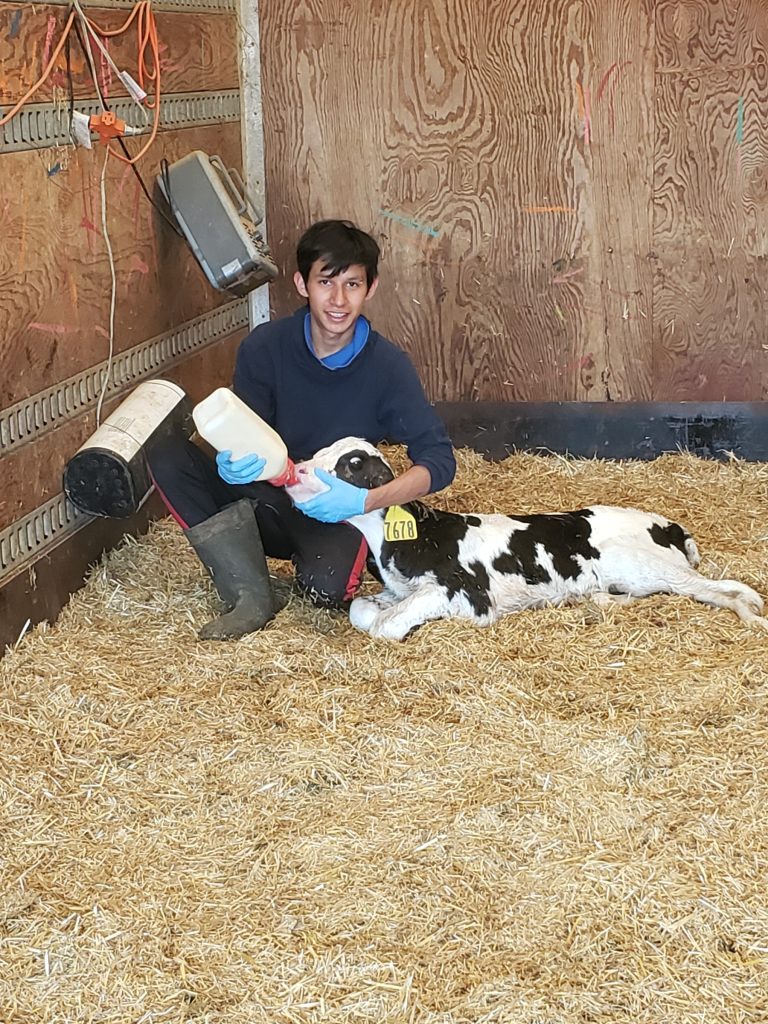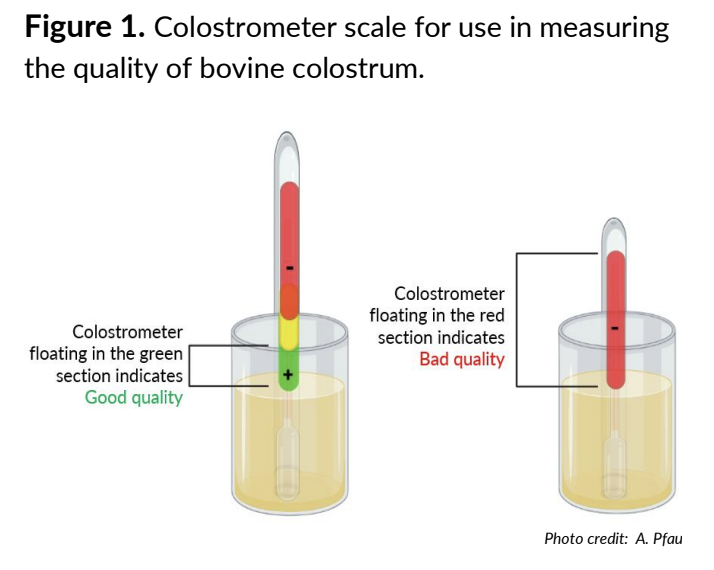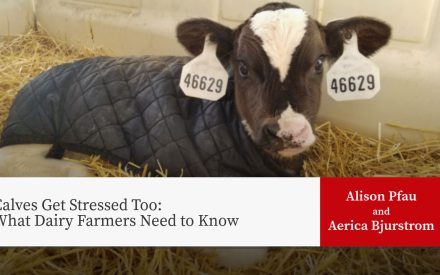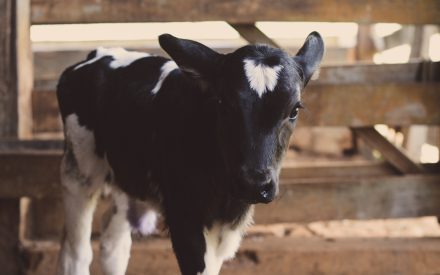Bovine colostrum is the production of “first milk” from the mammary gland in the 24 hours after calving and it is the first source of nutrients for the calf. All female mammals produce it, and, in all species, it is of great importance, since it provides key antibodies, or immunoglobulins, to jump-start the immune system and determine whether the offspring survive or not. In the case of ruminants, including cattle, colostrum is essential.
Colostrum is packed with important nutrients that increase metabolism and stimulate digestive activity, and antibodies (immunoglobulins) to help build the calf’s immune system, protecting it against diseases for the first several weeks of life until the calf can produce its own antibodies. The nutrients that colostrum contains are higher concentrations of fat (energy) and Vitamins A, D, and E. Also, it contains twice as much dry matter and minerals, and five times as much protein as whole milk. In addition, colostrum provides a variety of bioactive substances that stimulate the development of the young calf’s digestive system.

However, to understand the relevance of colostrum in calves, it is necessary to understand the bovine placenta is impermeable to the antibodies, which means calves are born without any type of acquired immunity, so they depend on passive immunity, or the transfer of antibodies from the colostrum to the bloodstream, to acquire it and thus strengthen their immune system.
For this reason, the quality, quantity, and timing of colostrum feeding (quickly) are the major factors affecting the transfer of passive immunity and calf morbidity and mortality.
Measure the quality of colostrum before feeding
Feed high quality colostrum that has been measured with a Brix refractometer or Colostrometer™. Good quality colostrum contains at least 50 mg/mL of IgG (Immunoglobulin G). Using the Colostrometer™, colostrum quality is read from a color-coded scale. Green samples contain more than 50 of IgG (up to 140 mg/mL) and is considered good quality colostrum. Yellow readings range from 20 to 50 mg/mL with this colostrum used cautiously or as a last resort. Red values fall below 20 mg/mL. Any colostrum containing < 20 mg/mL IgG should not be used. For better accuracy with this instrument, is necessary to use colostrum cooled (or warmed if frozen or refrigerated) to room temperature (720F). Since the Colostrometer ™ reading is based on specific gravity at lower temperatures, the IgG concentrations are overestimated; high-temperature readings will be underestimated. A simpler and easier way to test colostrum quality is with the Brix refractometer. Colostrum can be at any temperature with a drop of the colostrum needed to read through the Brix refractometer. A Brix reading of 22% or higher indicates high-quality colostrum.

Quality will decrease if the colostrum becomes contaminated with bacteria or other pathogens, which colonized the gut of the calf before colostrum feeding, decrease the IgG absorption, and exposes the calf to potential systemic infection. Then, it is very important to collect colostrum as hygienically as possible. If not feeding the colostrum immediately after harvest, cool the colostrum to 400F or less as soon as possible, and store in a refrigerator or freezer to avoid bacterial contamination. Colostrum properly cooled can be stored in the refrigerator 5 to 7 days, or frozen in a frost-free -500F freezer.

Feed an appropriate quantity of colostrum, quickly for maximum benefits
It is recommended to give the first feeding of 4 quarts (4 liters) of colostrum to large breed calves, or 3 quarts (3 liters) to smaller breed calves, within the first hour of birth. For small breeds, calves 3 quarts (3 liters) of colostrum are enough as soon as possible after birth. Since many calves, depending on the delivery difficulties, will not drink this large amount at one time, an esophageal feeder may be used to feed all or part of the colostrum to ensure they are receiving adequate amounts of colostrum. This method of feed will not interfere with the absorption of the IgG. However, it is necessary to have the expertise using the esophageal feeder, otherwise, rough handling when using a tube feeder can injure calves. An alternative feeding schedule is to feed 2 quarts within an hour and then an additional 2 quarts within the next 6 to 8 hours.
Can we allow the calf to nurse the cow to get the colostrum? This is an unreliable feeding method. When calves nurse on their own, around 40% do not drink enough colostrum and only 25% consume adequate colostrum within an hour of birth. Also, there is a risk of ingesting manure as the calf is seeking out the udder and teats to consume its first meal.
To optimize immunity, it is essential calves receive their first colostrum feed as soon as possible after birth. For this reason, timing is critical. At the time of birth, the calf’s small intestines can absorb large molecules, like IgG, allowing IgGs to enter the bloodstream and begin circulating. However, once the first large molecules pass through these openings, the openings begin to close with complete closure within 24 hours of birth. At this time, the lining of the intestine loses the ability to absorb these molecules. Also, the digestive enzyme secretion increases its activity producing a breakdown antibody in the gut. Thus, the longer we wait to feed calves their first meal, the greater the chance calves will not receive enough immune protection through the transfer of passive immunity.
To understand and implement the three Qs will help you to keep healthy, strong, and better calves for the future.

 Calves Get Stressed Too: What Dairy Farmers Need to Know
Calves Get Stressed Too: What Dairy Farmers Need to Know Navigating Low Colostrum Yields in Dairy Cows
Navigating Low Colostrum Yields in Dairy Cows ▶️ Watch: New Concepts in Colostrum Feeding for Dairy Calves
▶️ Watch: New Concepts in Colostrum Feeding for Dairy Calves The overview of the digestive system of the calves
The overview of the digestive system of the calves


